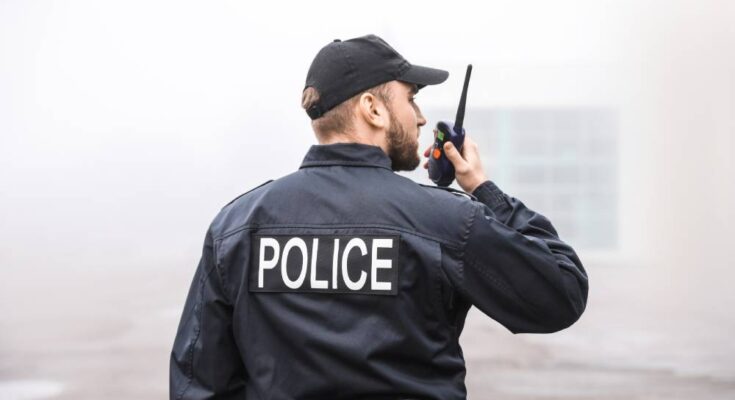Law enforcement officers rely on various tools to perform their duties effectively and safely. These tools help them protect citizens, gather evidence, and maintain community order. In this blog post, we’ll explore four pieces of equipment that police use regularly on the job. Understanding these tools can provide valuable insight into the challenges and responsibilities of law enforcement professionals.
Body Cameras
Body cameras have become an integral part of modern policing. These small devices, typically worn on an officer’s uniform, record audio and video of interactions between police and the public.
Body cameras serve multiple purposes, including improving transparency and providing evidence in investigations. Many police departments now require their officers to wear body cameras during their shifts, which has led to increased accountability and trust between law enforcement and the communities they serve.
Tasers
Tasers, also known as conducted energy weapons, are devices used by police officers to subdue suspects without causing permanent injury. These handheld devices fire two small dart-like electrodes that deliver an electric current, temporarily incapacitating the target. Tasers provide officers with an alternative to lethal force in situations where a suspect is resisting arrest or posing a threat to others.
The use of Tasers has become increasingly common in law enforcement agencies across the country. These devices allow officers to maintain a safe distance from potentially dangerous individuals while effectively neutralizing threats. However, the use of Tasers remains controversial, and many departments have implemented strict guidelines and training programs to oversee their proper and ethical use.
Radio Communication Systems
Effective communication is crucial for police officers to coordinate their efforts and respond quickly to emergencies. Radio communication systems enable officers to stay in constant contact with their colleagues and dispatch centers, ensuring a rapid and coordinated response to incidents. These systems typically consist of handheld radios, vehicle-mounted units, and a central dispatch center.
Modern police radio systems often incorporate advanced features such as GPS tracking, encryption for sensitive communications, and the ability to communicate across multiple agencies. These capabilities improve officer safety, enhance situational awareness, and facilitate more efficient emergency response. Radio communication systems are essential for coordinating large-scale operations, such as manhunts or disaster response efforts.
Bulletproof Vests
Bulletproof vests are protective garments designed to absorb the impact of bullets and other projectiles, significantly reducing the risk of serious injury or death. Modern bulletproof vests are made from advanced materials that offer high levels of protection while remaining relatively lightweight and flexible.
Police departments typically require officers to wear bulletproof vests, especially in high-risk situations. These vests have saved countless lives and give officers confidence when facing dangerous situations. As technology advances, bulletproof vests continue to improve in terms of protection, comfort, and durability.
From body cameras that promote transparency to bulletproof vests that protect officers, these four pieces of equipment police use on the job have become indispensable in modern law enforcement. As technology advances, we can expect to see even more innovative equipment used in law enforcement.



